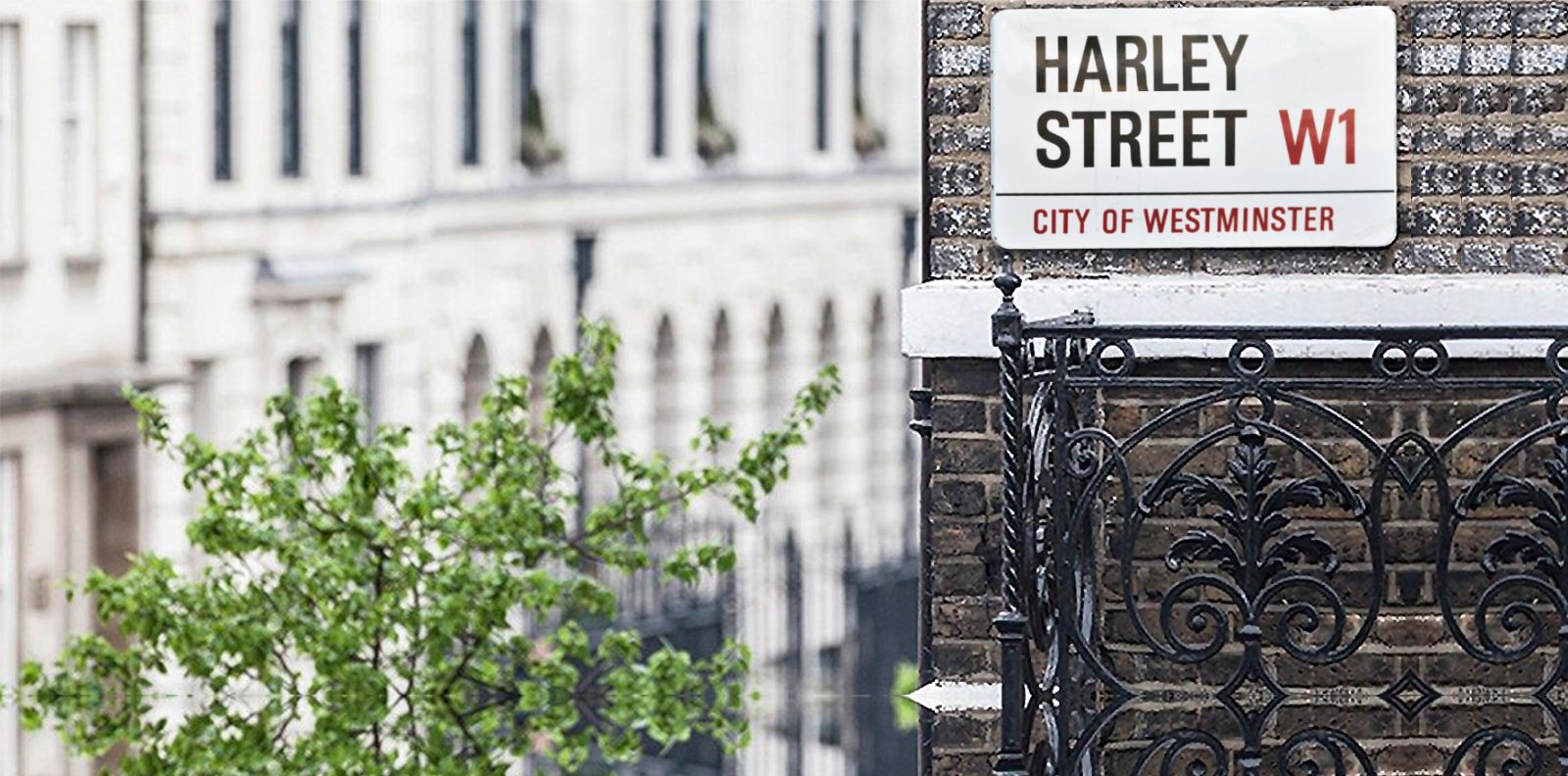
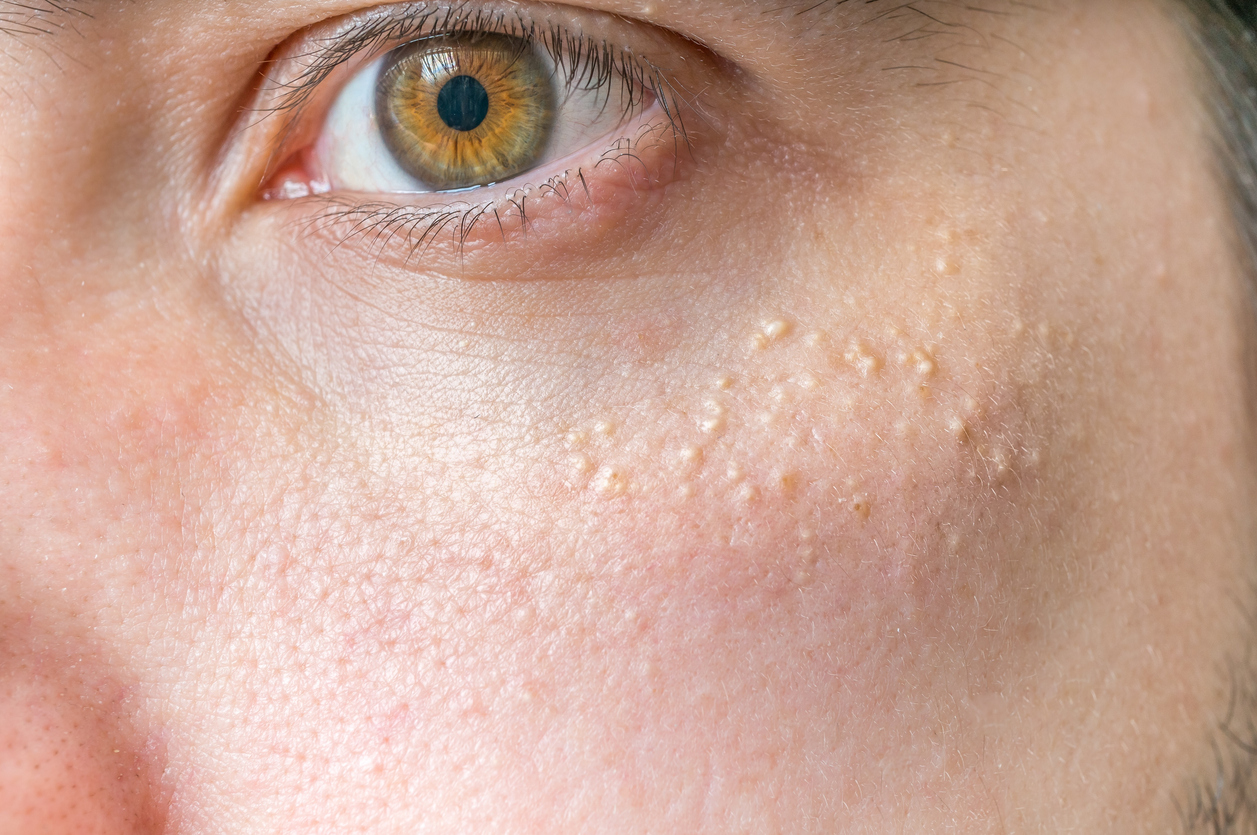
Milia can resolve on its own over time. You should avoid attempting to remove them at home by yourself as you could cause infection or scarring. If you dislike their appearance, professional removal can bring them to the surface.
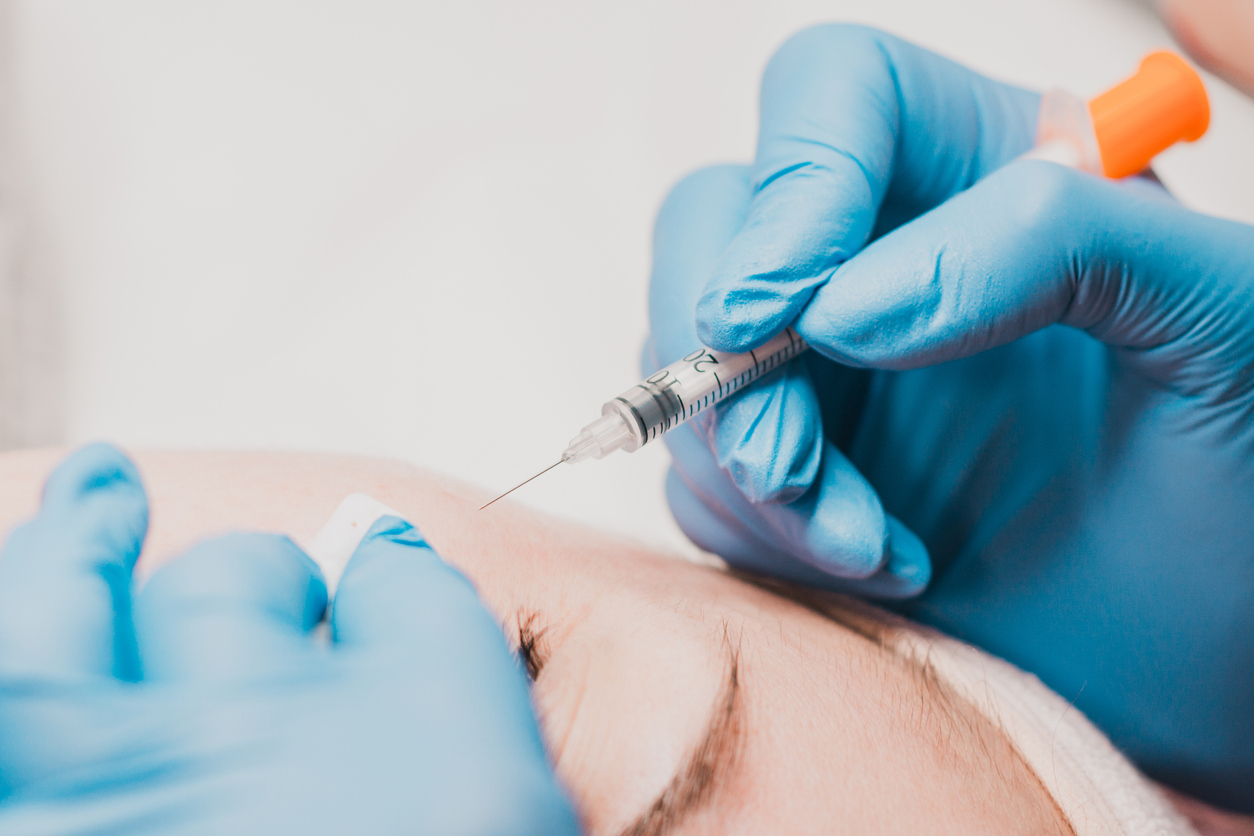 Milia Extraction
Milia Extraction
Milia removal should only be done by a professional. Attempting to squeeze or remove them yourself could cause damage or further trauma to the skin.
One of our Aesthetician will perform the extractions using a fine needle or comedone tool to release the contents below the skin’s surface. This treatment is very quick and is very similar to removing a spot or pimple.
This can be a great add-on to a facial treatment.
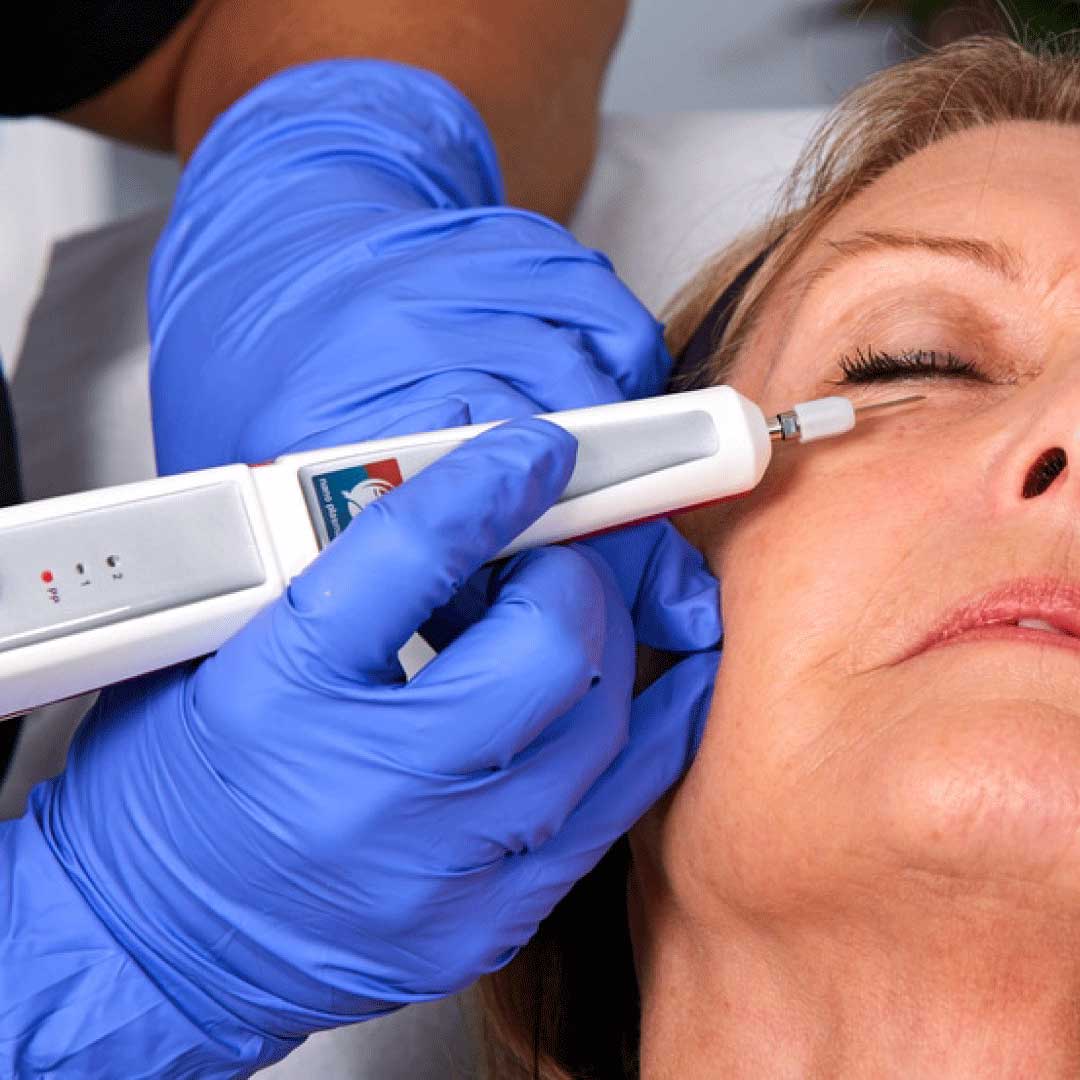 Nano Plasma (FELC)
Nano Plasma (FELC)
Nano Plasma, also called FELC, is an effective treatment at reducing and removing milias on the skin. This involves using heat technology that generates plasma energy, it directly targets the skin and vaporises the area. Usually only needing one treatment, you will develop a brown carbon crust over the area until it falls away in 5-7 days.
During your consultation, one of our certified Nurse Practitioners will assess your suitability for treatment and discuss your treatment goals and conditions.
Topical anaesthetic cream is applied to the area beforehand to reduce the risk of any discomfort during the treatment. As the treatment involves sublimation to shorten and tighten the fibres, there may be a slight burning smell but this is completely normal. You may require more than one treatment but you will be advised during the consultation stage.
The treatment requires no cutting or stitching of the area and is possible through the ionisation of plasma, instantly contracting and tightening the skin’s fibres.
It uses heat energy to sublimate the skin, altering its physical state. Afterward a visible crust forms over the treated area before flaking off after a few days and leaving the area tighter, rejuvenated and lifted.
The carbon crust that is formed shouldn’t be touched for 5-7 days afterward except being lightly camouflaged with mineral foundation or concealer.
Results can be seen immediately after the treatment as the treated area will appear lifted, tightened and reduced. The areas will continue to improve for up to 3 months with the final results taking shape following 1 month after your last session.
Immediately after the treatment a carbon crust will form over the treated area, this is
completely normal. The crusts formed must not be scratched, rubbed or removed. Mild swelling and discomfort for the first 48 hours.
A standard treatment lasts between 20-30 minutes.
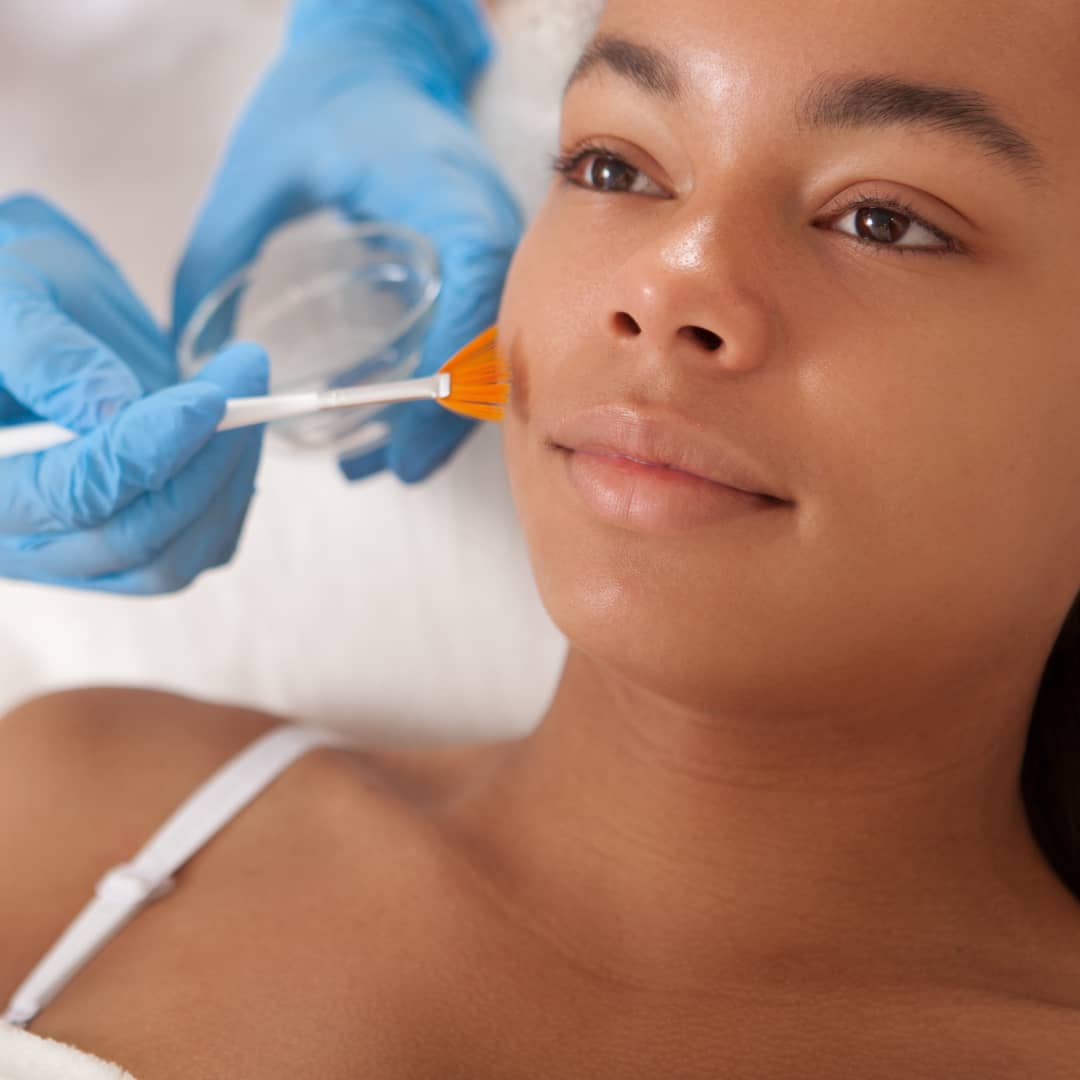 Chemical Skin Peels
Chemical Skin Peels
When the milia are widespread, other forms of treatment may be necessary. The practitioner will use chemical compounds or acids that will aid in both the prevention and treatment of milia.
The custom skin peel will exfoliate the skin to prevent dead skin build-up. Skin peels can also encourage cell renewal to bring the dead skin cells to the surface faster, and purge the milia.
The treatment begins with a consultation where your practitioner will assess your skin to decipher your skin conditions and the best course of treatment.
Certain peels like Cosmelan or Enerpeel may require skin preparation with the use of at-home products in the lead up to your appointment. Your practitioner will prescribe a list of recommended products that will be suitable for you or provide you with the appropriate preparation kit.
If we’re treating you with a Cosmelan peel, we’ll require you to use a prepping de-pigmentation kit before your initial treatment to prepare your skin for the peel.
During your treatment, your practitioner will double cleanse and prepare the skin by applying a barrier cream around sensitive areas and remove all sebum to aid penetration of the acids.
Following this, we will apply the peel of choice and leave it on for a few minutes before neutralising or removing the peel. A neutraliser will prevent the acid from working on the skin, whereas a removal wipe will leave the acid active on the skin to continue improving the complexion following treatment.
Chemical skin peels are suitable for anyone who is looking for overall skin rejuvenation and an improvement in skin tone and texture. Or, those who have:
The duration of the treatment will depend on your custom needs. Some peels may be left on for longer, depending on your needs and tolerance to treatment. Typically, it’ll take around 30 minutes.
Chemical skin peels vary in strength and substance and are either superficial, medium or deep depending on your skin concerns and skin type.
The acids and other active compounds react with the skin and dissolve the outermost layers of the skin to reveal a fresher, clearer and brighter complexion. Chemical skin peels also promote collagen and elastin growth that will encourage the growth of healthier skin.
Please note, all consultations are subject to the applicable consultation change or deposit.


In-clinic OR Virtual Consultation
Refundable £50 deposit required to secure your complimentary
consultation, redeemable against treatment
To request a consultation, please complete this form.
In-clinic OR Virtual Consultation
Refundable £50 deposit required to secure your complimentary
consultation, redeemable against treatment
